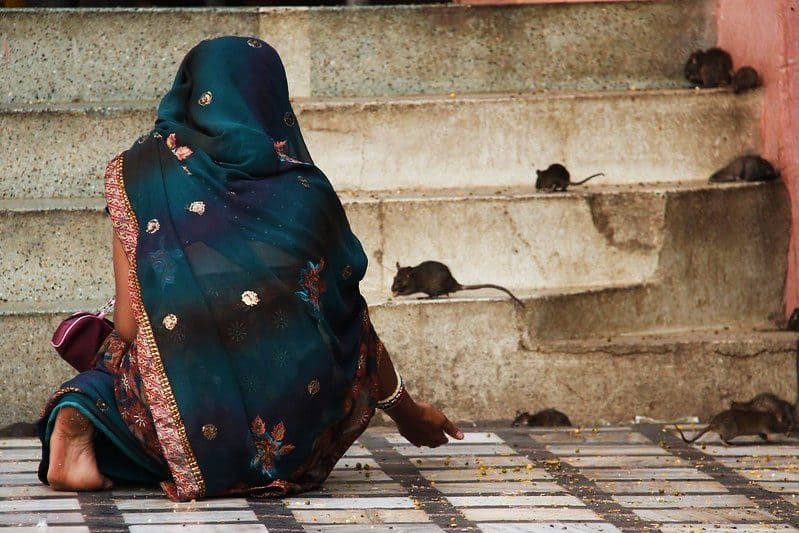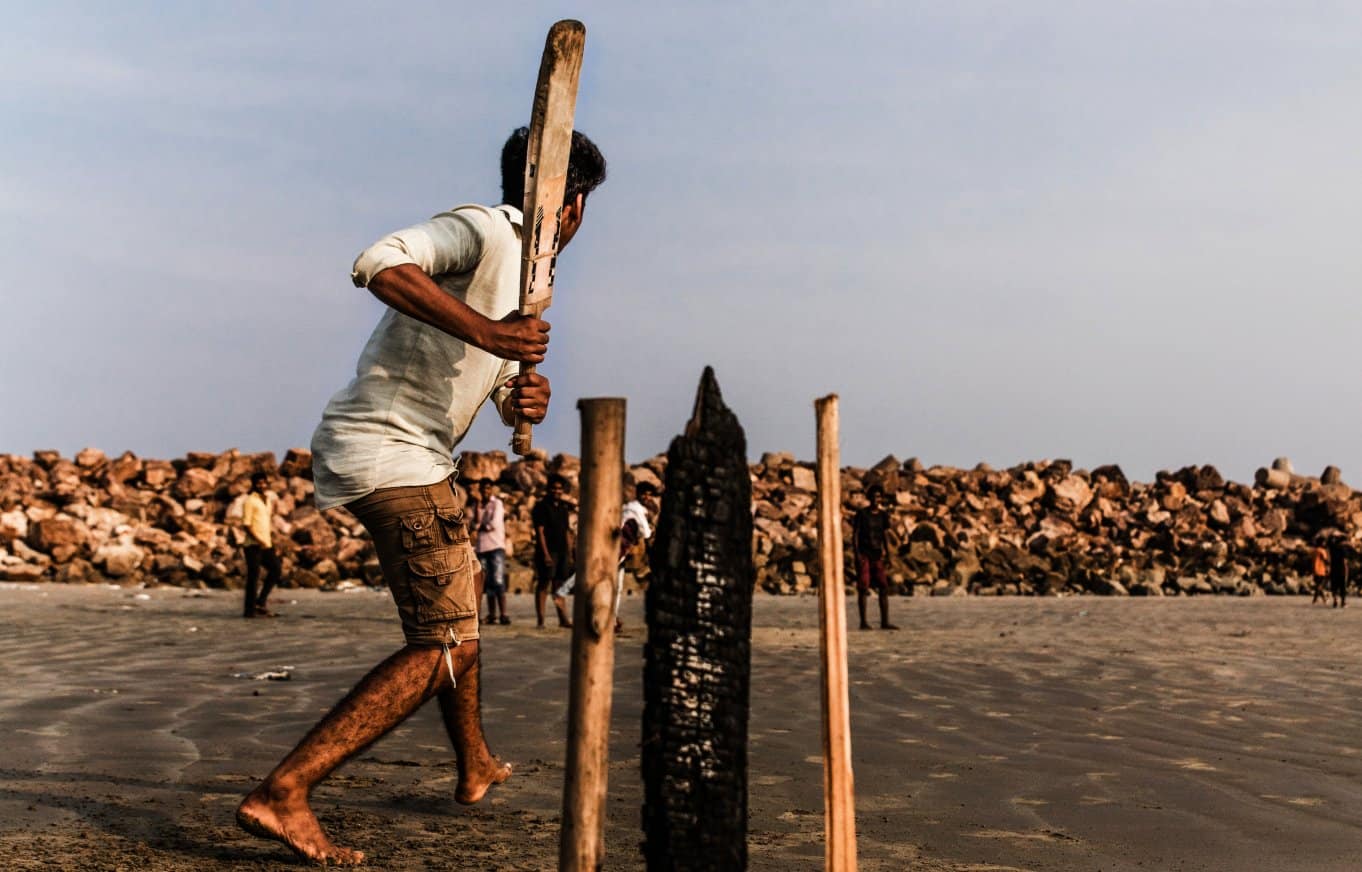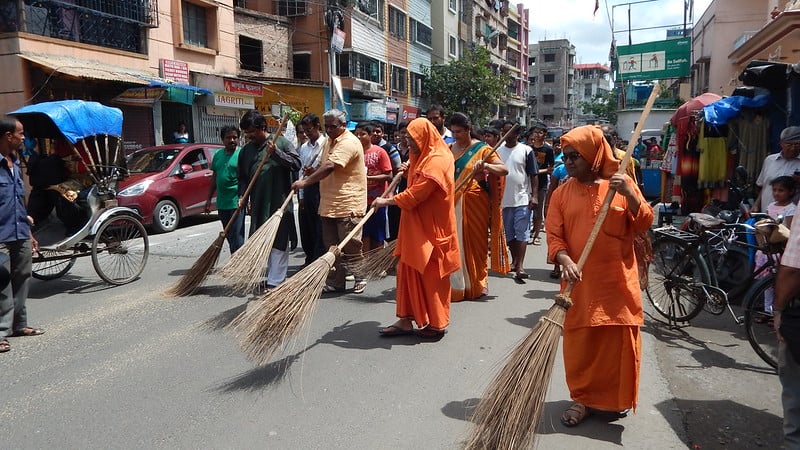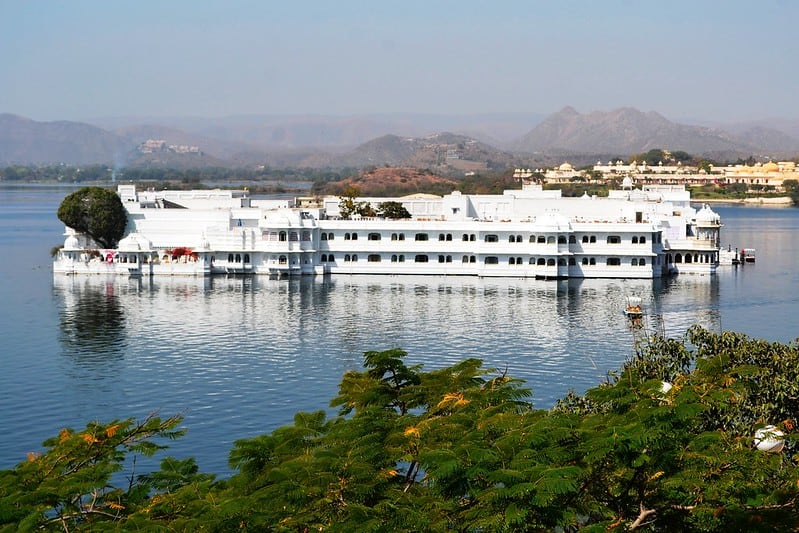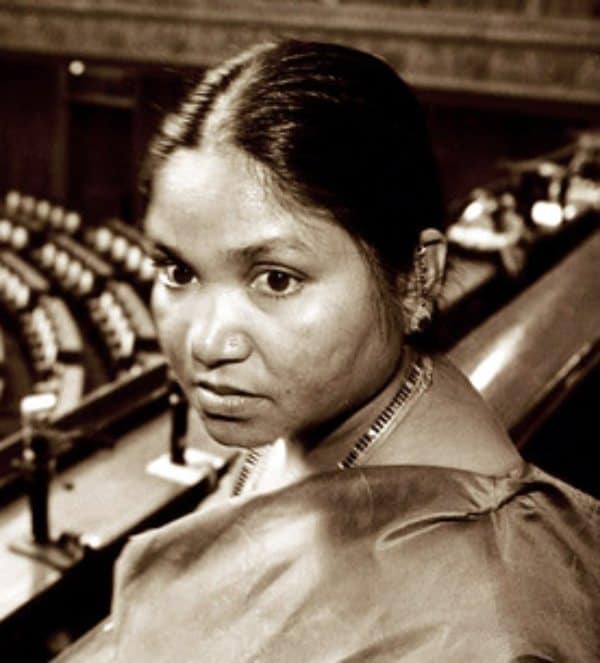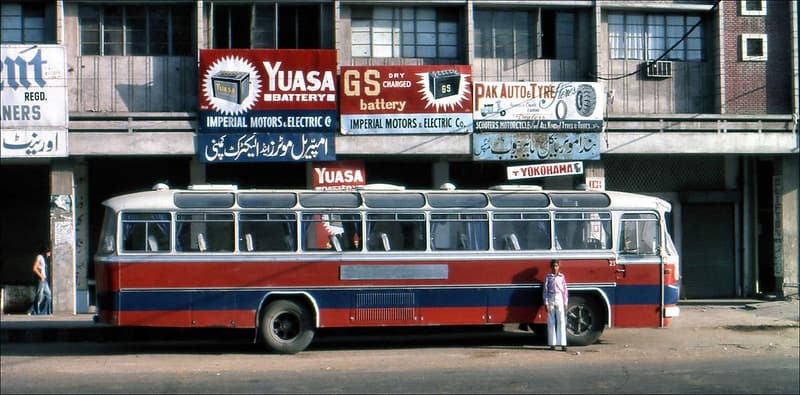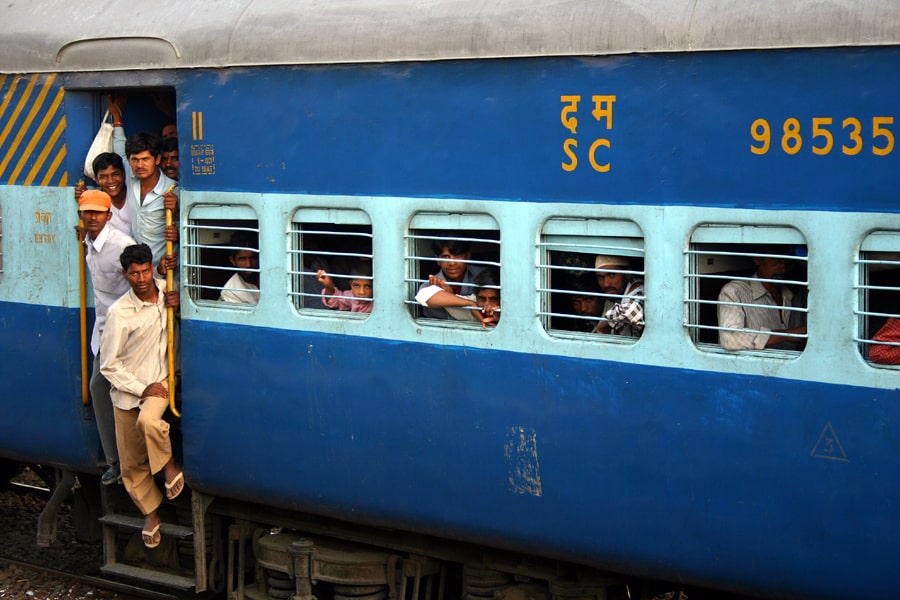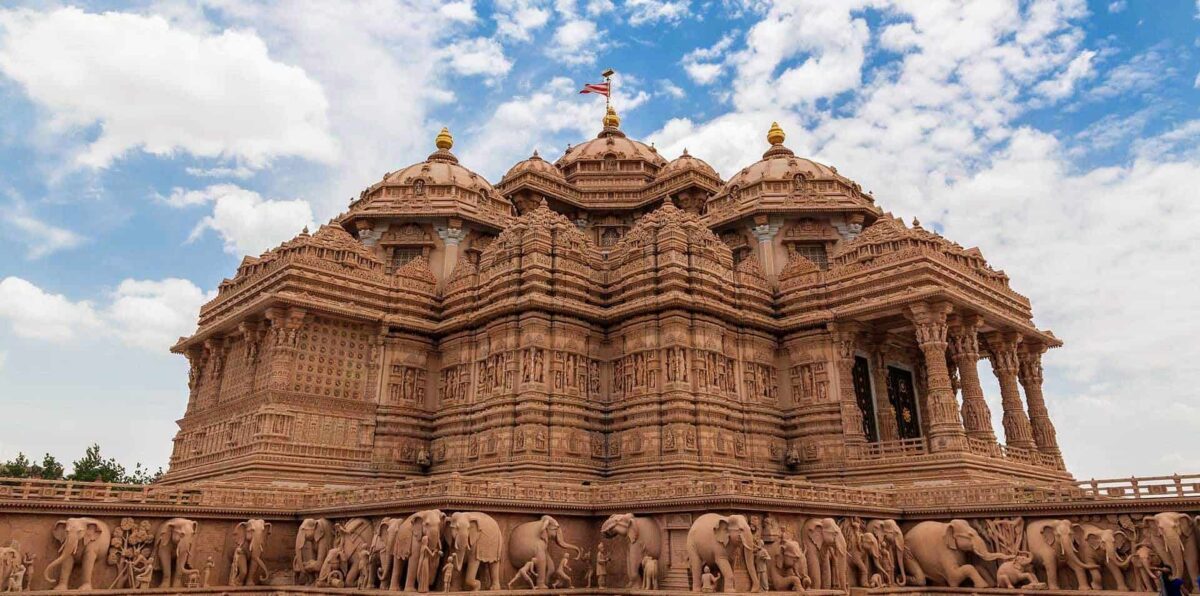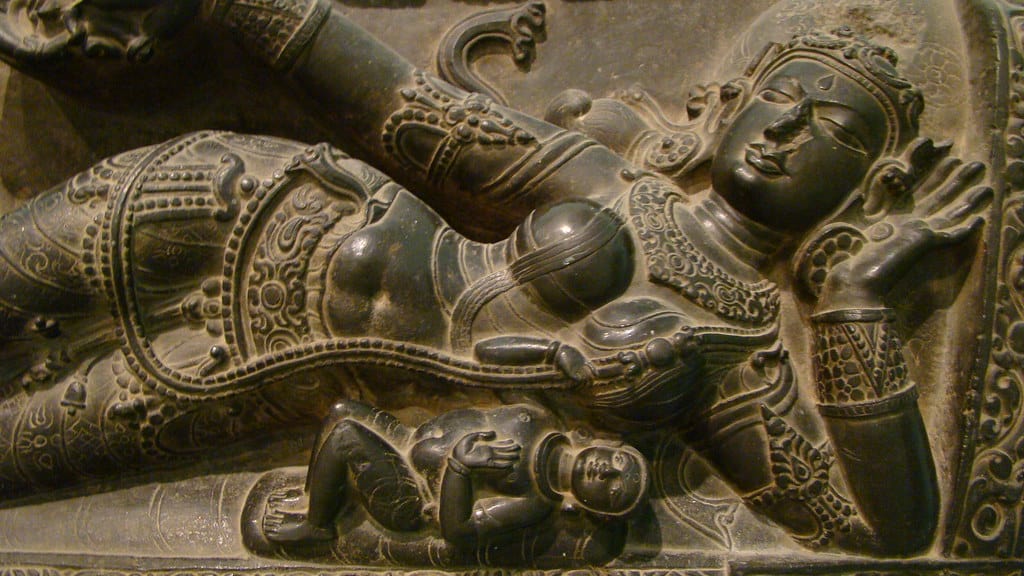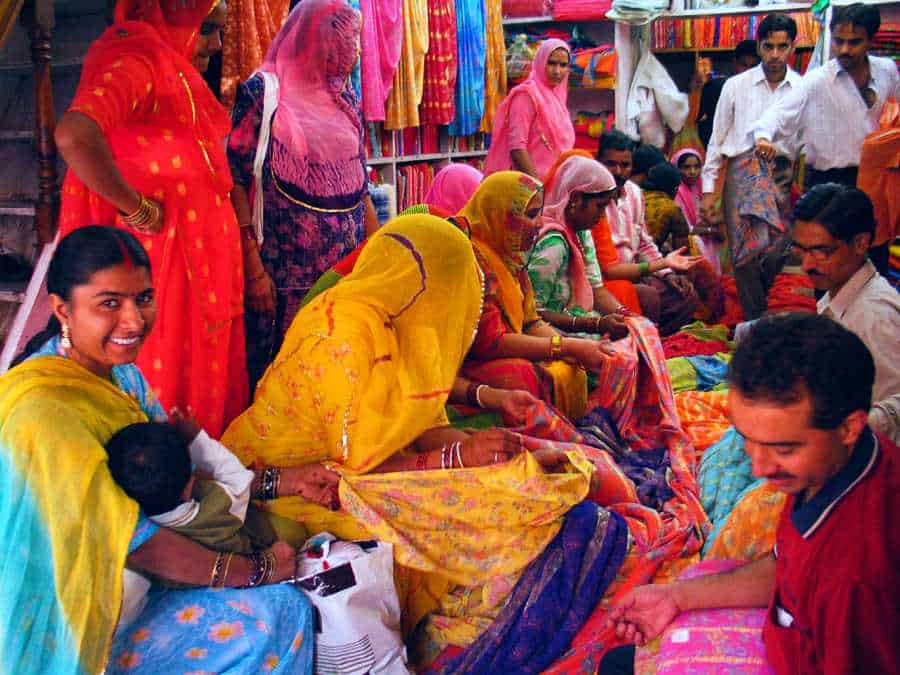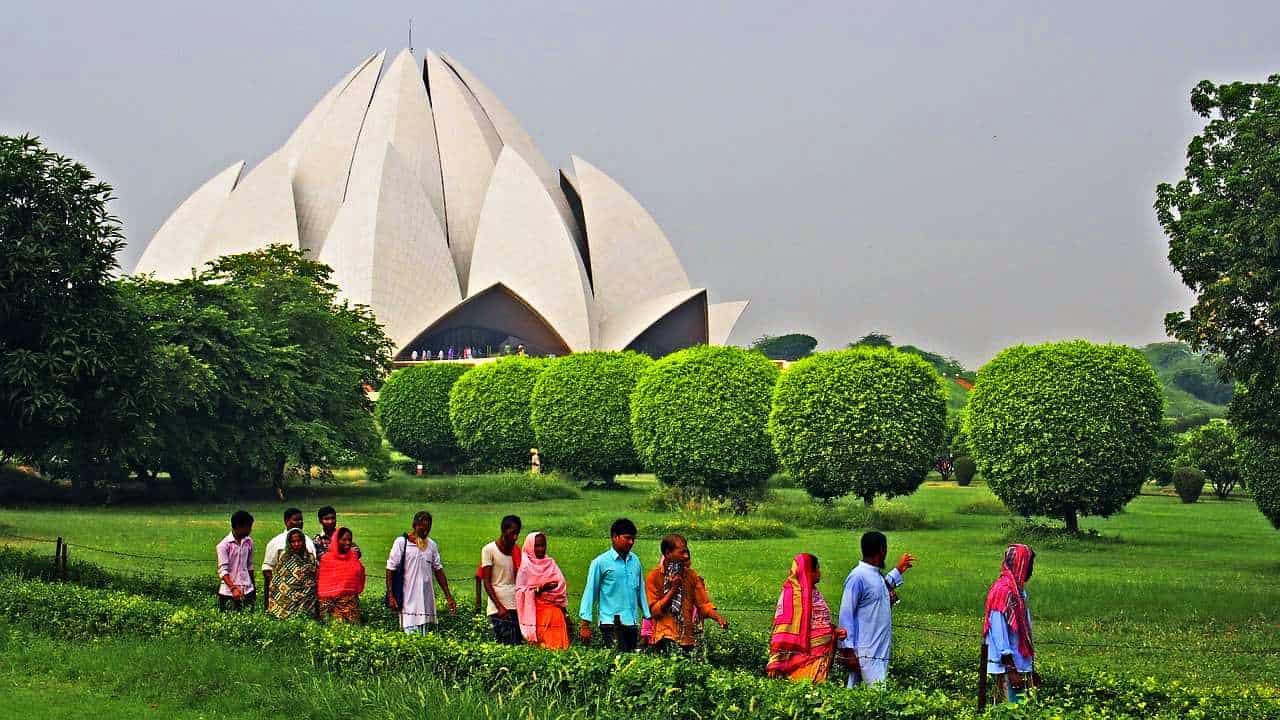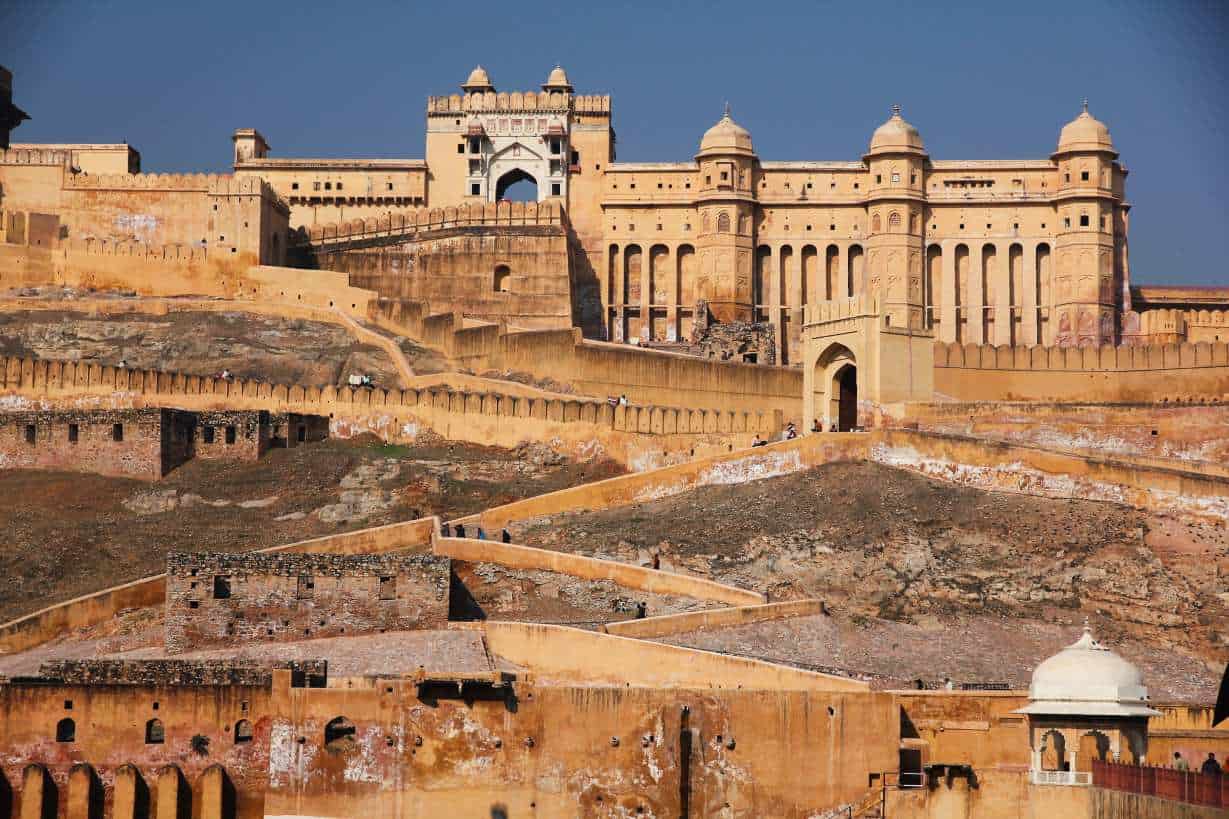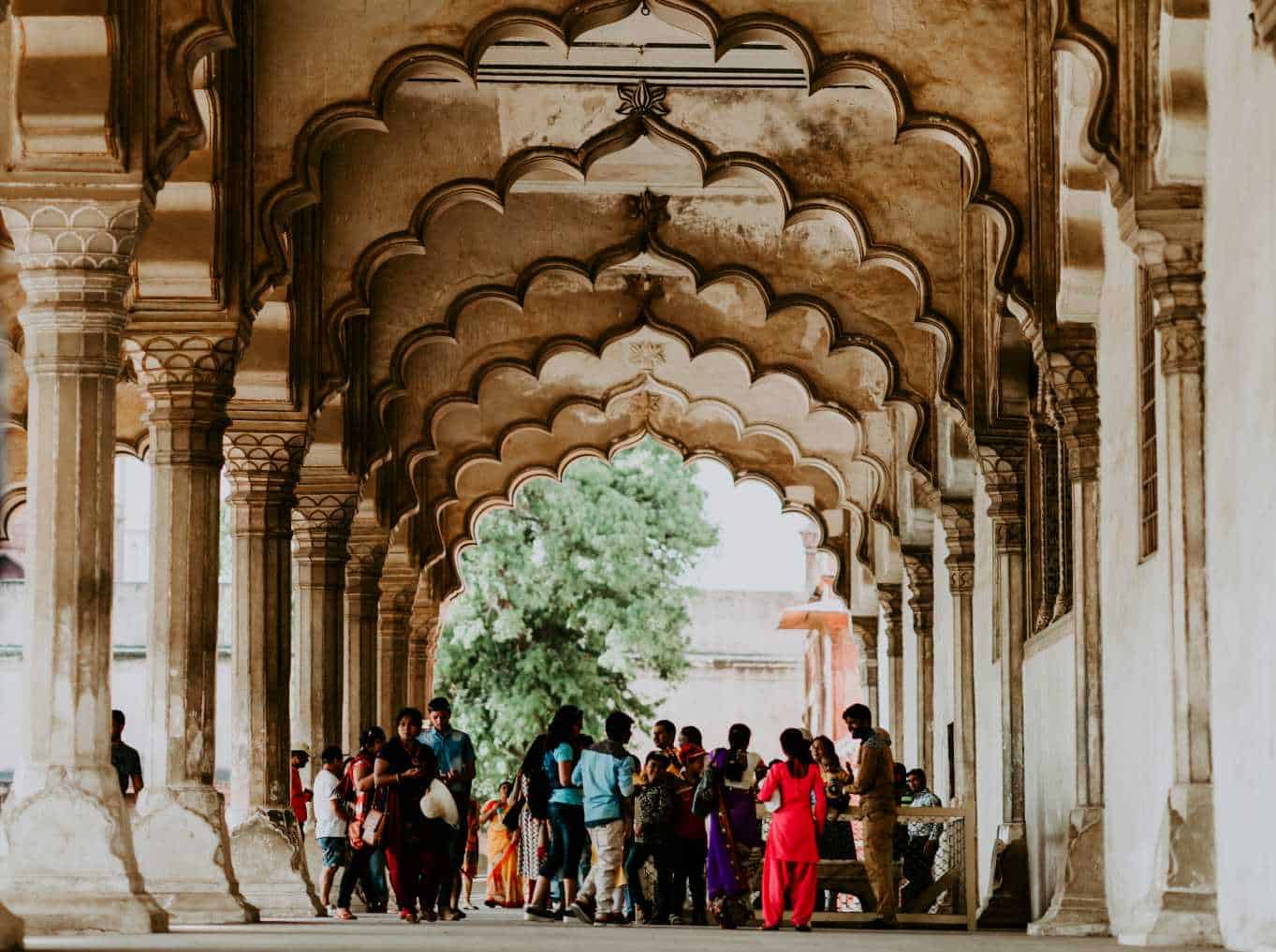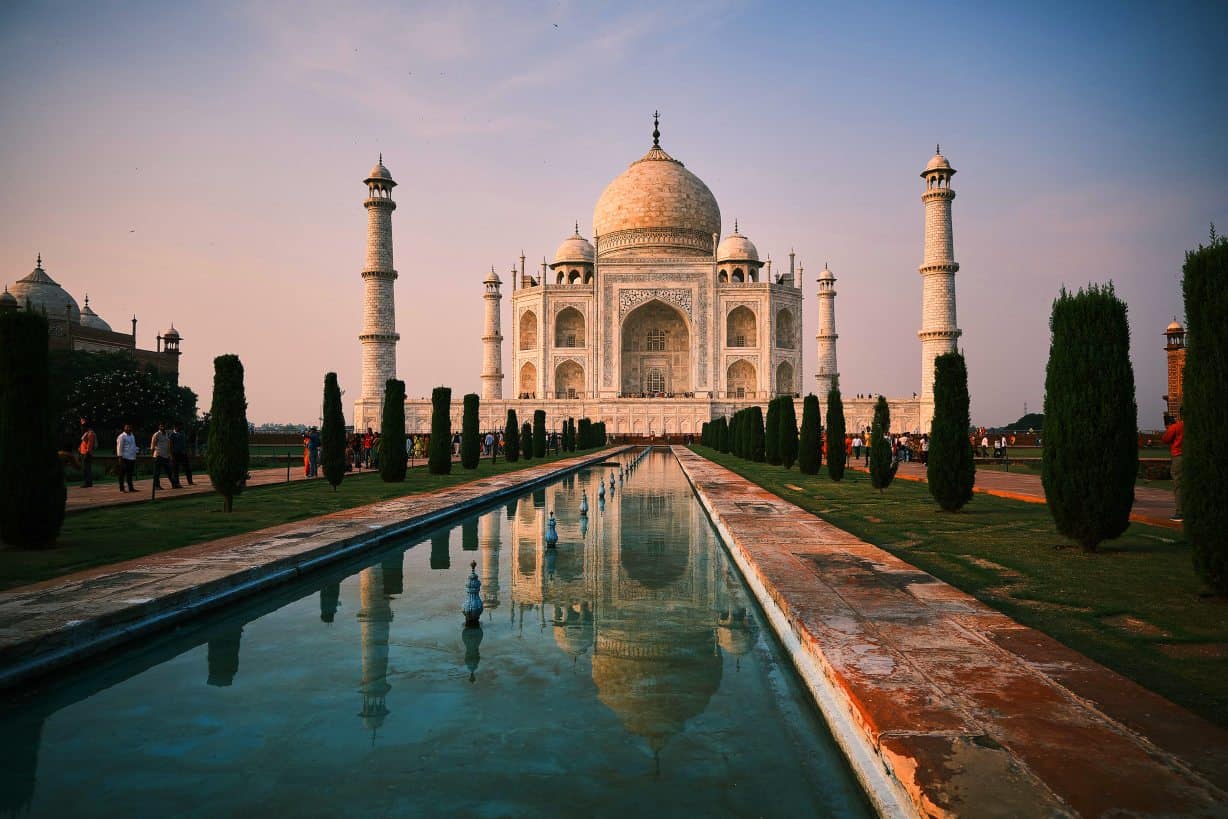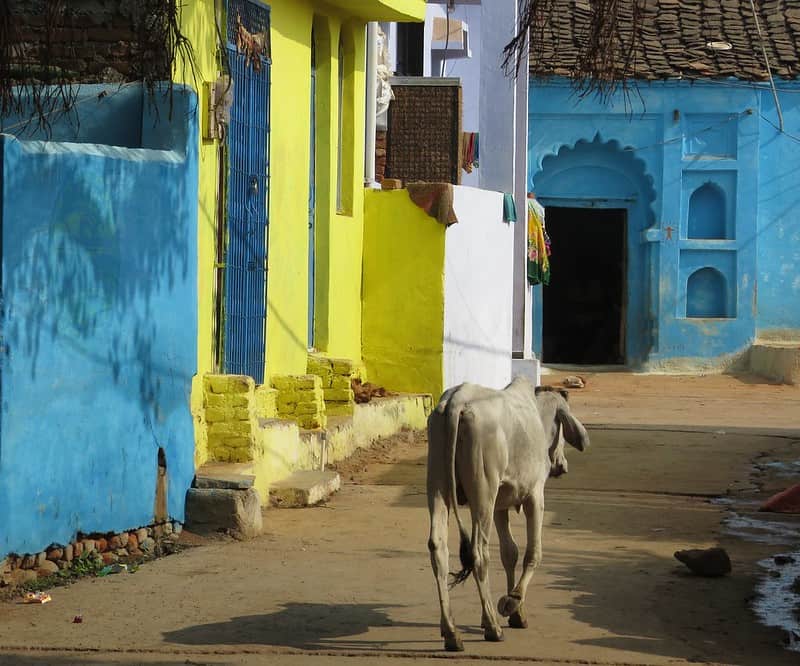India
Why India?
We commonly associate India with culture shock because its mind-blowing traditions, belief, and lifestyle have no parallel even in Asia. India is intense with the noise, the crowd, and incredible culture. The caste system, the power of religion and family, holy cows, and the huge contrast of rich and poor, and the mind-blowing lifestyle make it impossible to have a full grasp of it. There is always some mystery, something never heard before that keeps you curious about India probably forever.
India makes you a different person.
But it is not for everybody. India is a love-or-hate thing. Either you put your foot there, and you wish to return countless times, or you turn your back to it for good.
Because of its vast surface, India is more a subcontinent than a country, with entirely different parts. From the Himalayas to the Thar desert and the greenery of the South, it is a puzzle of parallel worlds.
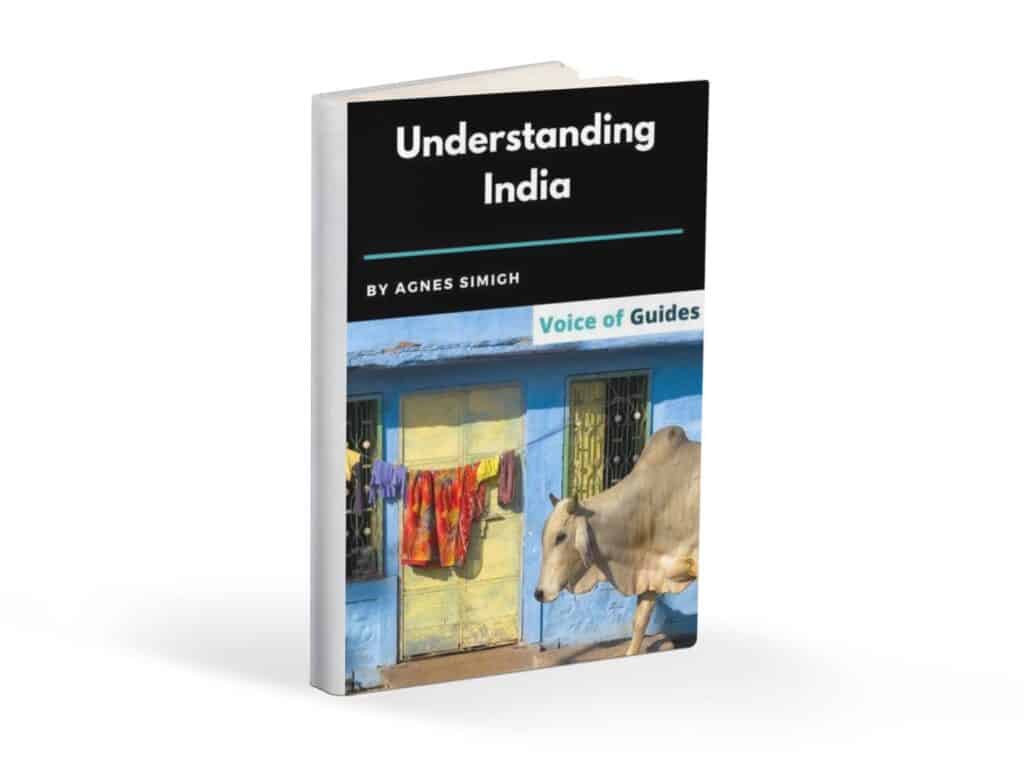
Most travelers first visit the Golden Triangle of India with the Taj Mahal in Agra, the pink city Jaipur, and the capital Delhi. However, if you look for something unique, head to Ladakh in the north of India with Buddhist monasteries, barren rocky mountains, undoubtedly one of the most beautiful places on earth.
Varanasi, the holiest city of India, is where Hindus wish to pass away, and the pyres burn endlessly for thousands of years along the river Ganga.
But you can visit the tribes in the east and spend days on a boat on the backwaters in South India.
When is the best time to go to India?
Summer can be extremely hot in most of India. Winter is the best time to travel (October-April). However, if you want to visit the most northern part, Ladakh, your timeframe is limited to June-September. The rest of the year, the temperature is freezing, and heavy snowfalls cut Ladakh off from the rest of India.
Most of India experiences a rainy monsoon period from July to September. Although life does not stop and is often only light rain, it can be inconvenient to remove your shoes to visit temples and other places.
If you want some extraordinary experience, visit India during festival time (Diwali, Holi) when the celebration lasts several days.
Currency: Indian Rupee (INR), 1 USD ~ 74-75 INR
Language: According to the Indian Constitute, there are 22 official languages in India, including Kashmiri, Punjabi, Marathi, Bengali, etc. Hindi is what everybody understands in India, and the educated class widely speaks English.
Religion: 80% of the population is Hindu, 14% are Muslims, and the rest are Christians, Buddhists, Sikhs, and Jains.
Insurance: Safetywing insurance that covers COVID-related issues as well.
Where to get your visa?
You can get your visa to India online through iVisa. Here you find all the information about the required documents based on your country of departure.
How to book your train, bus, and domestic flight ticket in India?
If you visit India during festival times, it’s hard to get train and bus tickets. Better to book your ticket online in advance directly on the Indian Railways website, or 12Go which gives you the best option (train, bus, and flight) based on the city of departure or arrival.
Where to book your hotel rooms?
Booking.com and Hostelworld.com offer a wide choice of low and higher-budget hotels.
Where to book tour packages and daily tours?
Viator and GetYourGuide offers transfers and several one or multi-day tours.
Check out the best tours in Jaipur
The best one and two-day trips from Delhi

